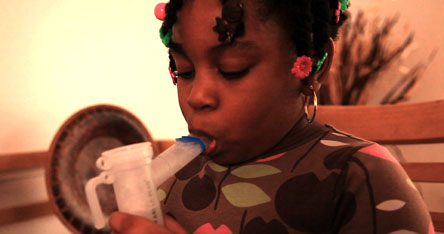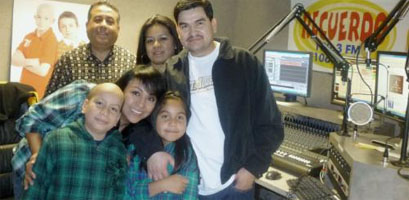How to Lower the Risk for Childhood Asthma
On November 17, millions of Americans will mark the American Cancer Society’s 36th annual Great American Smokeout by giving up smoking for the day, and maybe for good.
Because smoking can trigger asthma symptoms in children, quitting is an important first step toward protecting kids’ health. BeSmartBeWell.com tells parents the steps they can take on the Great American Smokeout, and every day of the year, to lower the risk for childhood asthma.
[ Also Read: FDA Unveils New Cigarette Health Warnings ]“Parents can work to prevent asthma by doing things in the home. First is to make sure nobody is smoking in the household,” says Dr. Judith Palfrey, past president of the American Academy of Pediatrics and one of the experts featured on BeSmartBeWell.com.
According to the U.S. Environmental Protection Agency, exposure to secondhand smoke can trigger asthma symptoms in children who previously did not have symptoms and worsen asthma symptoms in children who have asthma.
[ Also Read: Celebrities Say Our Planet is Not an Ashtray ]Eliminating triggers like secondhand smoke is the key to managing childhood asthma and reducing the frequency and severity of asthma attacks. At BeSmartBeWell.com, parents can watch Trinity’s story to see how her mom made their home more asthma-safe.
About 7 million U.S. kids and teens have asthma — making it the most common chronic condition in children. When children breathe in allergens like cigarette smoke, their airways become irritated and then tighten.
[ Also Read: Smoking in Pregnancy Risky for Infants ]Children with asthma then begin to cough, wheeze and have difficulty breathing. Without treatment, asthma attacks can quickly turn serious and even deadly.
According to the U.S. Surgeon General, almost 60 percent of U.S. children aged 3 to 11 years—almost 22 million kids—are exposed to secondhand smoke. Children’s lungs are especially vulnerable to the effects of secondhand smoke because they breathe more rapidly than adults, taking in more secondhand smoke. More than 40 percent of children who go to the emergency room for asthma live with smokers.





